Pentax K-S1 Review - Image Quality and Verdict Review
Image Quality and Verdict
Beneath the rather odd exterior sits a solid DSLR
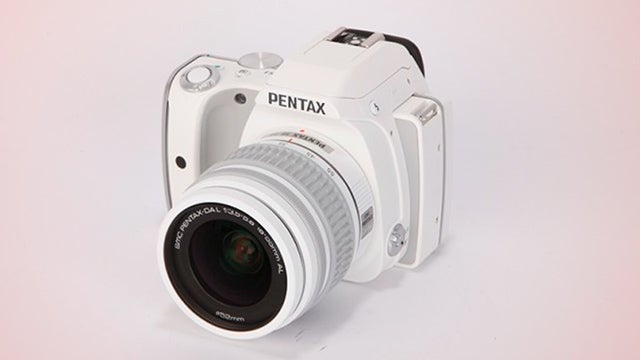
Sections
- Page 1 Pentax K-S1 Review
- Page 2 Viewfinder, AF and Performance Review
- Page 3 Image Quality and Verdict Review
Pentax K-S1 – Image Quality
The Pentax K-S1 has a 20.4-megapixel APS-C sensor. We think it’s likely to be based on the same core hardware seen in cameras such as the Sony Alpha 3000 and Alpha 5000.
For all the reservations we may have about the Pentax K-S1’s flimsier elements, this sensor can produce great images. Matched with compatibility with the long-standing Pentax lens system, which offers many lower-cost lens choices, this helps validate the K-S1 as a good choice for those looking for a camera with which to start getting into more serious photography.
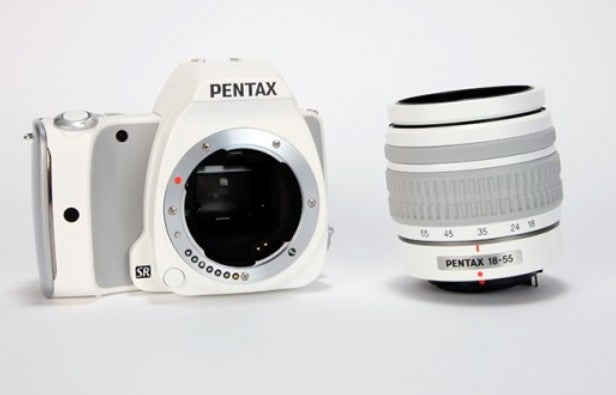
Image quality is roughly what we’d expect from a high-quality APS-C camera. Image noise and dynamic range are very solid at lower ISOs, with noise very well-handled from ISO 100-800. We could often see very little difference between ISO 800 shots and ISO 100 ones: a good result.
Noise starts creeping in at ISO 1600, but the results are still very usable. As long as perfect image quality isn’t critical, photos at ISO 3200 and 6400 are acceptable too. While the ISO range ramps up all the way to 51200, you’ll want to avoid using settings above 6400 if possible. Images become distinctly scrappy at the highest ISOs.
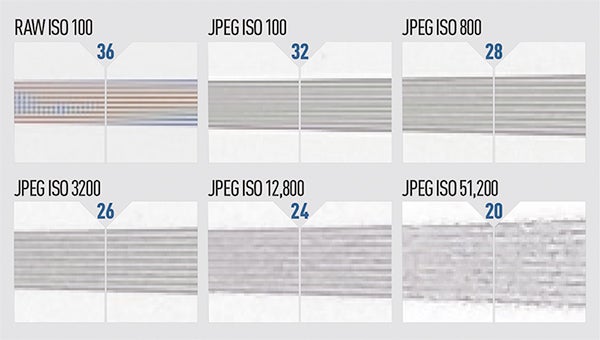
This shows the level of JPEG noise reduction being used: you get lots more detail with RAW
The Pentax K-S1 has inbuilt sensor-based stabilisation, which is great news for those who want to experiment with older lenses – you’ll have it to call on no matter what lens is used. When working with plenty of light and a fast lens, the shutter can go down to 1/6000 of a second, and burst shooting reaches 5.4fps. Both are equal to or exceed two obvious alternatives, the Canon 100D and Nikon D3300.
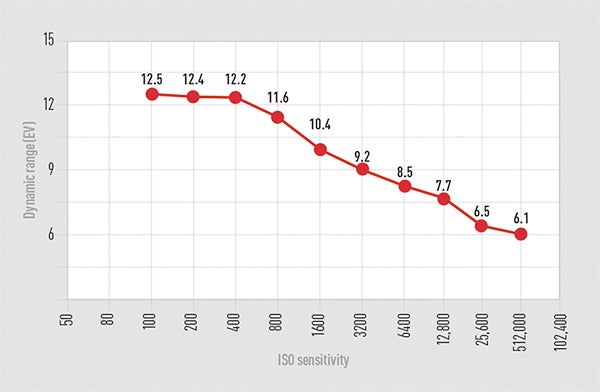
Dynamic is strong up to ISO 400, with acceptable results up to ISO 1600
In order to try and get the most detail out of its photos, the Pentax K-S1 does not use an AA filter, which cuts down moire noise but results in a slight loss of detail. However, it does offer a simulated AA filter that uses a very slight movement in the sensor OIS to produce a similar effect – a pretty smart alternative that you can switch on and off.
Despite cutting out the full AA filter to get more detail, we do find that the K-S1’s JPEGs use quite a lot of noise reduction, meaning for maximum detail you need to shoot in RAW – which naturally comes with more post-processing involved.
Here are some photos we took with the K-S1:


Pentax K-S1 – Video
The Pentax K-S1 doesn’t offer any particularly notable extra video abilities. It can shoot in 1080p at 24, 25 or 30fps. There’s no 60 frames mode, no external microphone input and – clearly – no 4K video capture. You’re restricted to recording sound using the stereo microphones built into the camera body. It’s no great shakes for video, if that’s on par with stills in your list of priorities.
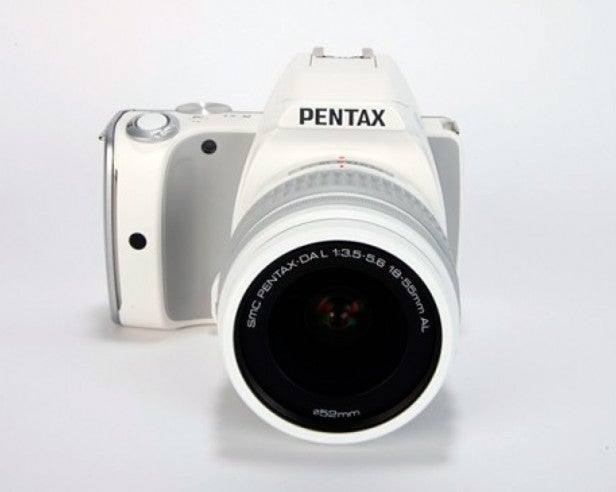
Should I buy the Pentax K-S1?
The Pentax K-S1 is an unusual camera. Its odd semi-futuristic design will either attract or repel, and sets the camera apart from the much more traditional-looking Canon 100D and Nikon D3300. Underneath the odd exterior is a camera that matches up with these affordable DSLR stars, with good image quality and performance that provide the photographic credibility we’re after.
With the reams of Pentax K-mount lenses, including plenty of older, cheaper ones, to pick from, the K-S1 offers a good starting point for DSLR beginners.
However, with the competition from Canon and Nikon available for less money these days, and the Pentax K-S1 actually not offering that many cutting-edge features despite its ‘cutting edge’ design, it doesn’t set new standards.
SEE ALSO: Best Cameras Round-up
Verdict
Underneath the odd exterior of the Pentax K-S1 sits a solid APS-C DSLR offering good performance and image quality.
Trusted Score
Score in detail
-
Value 7
-
Design 7
-
Features 6
-
Image Quality 8
-
Build Quality 8
-
Performance 8

